When Congress returns from about a month spent with in-state constituents, the clock will be ticking on these spending bills and conservation policies we need to get across the finish line
You might be picturing lawmakers on a five-week vacation, but the annual August recess is time that senators and representatives spend meeting with their constituents and visiting with leaders in their communities. Ideally, they also find some time to enjoy the outdoors and experience what we all value so much as sportsmen and women.
Of course, we hope they’re thinking about the legislative to-do list for when they return in September, because the timeline grows short for several critical conservation items that must be addressed to benefit fish, wildlife, and habitat. Here’s what we need Congress to move on before the end of the year or, in some cases, within weeks of their return to Capitol Hill.
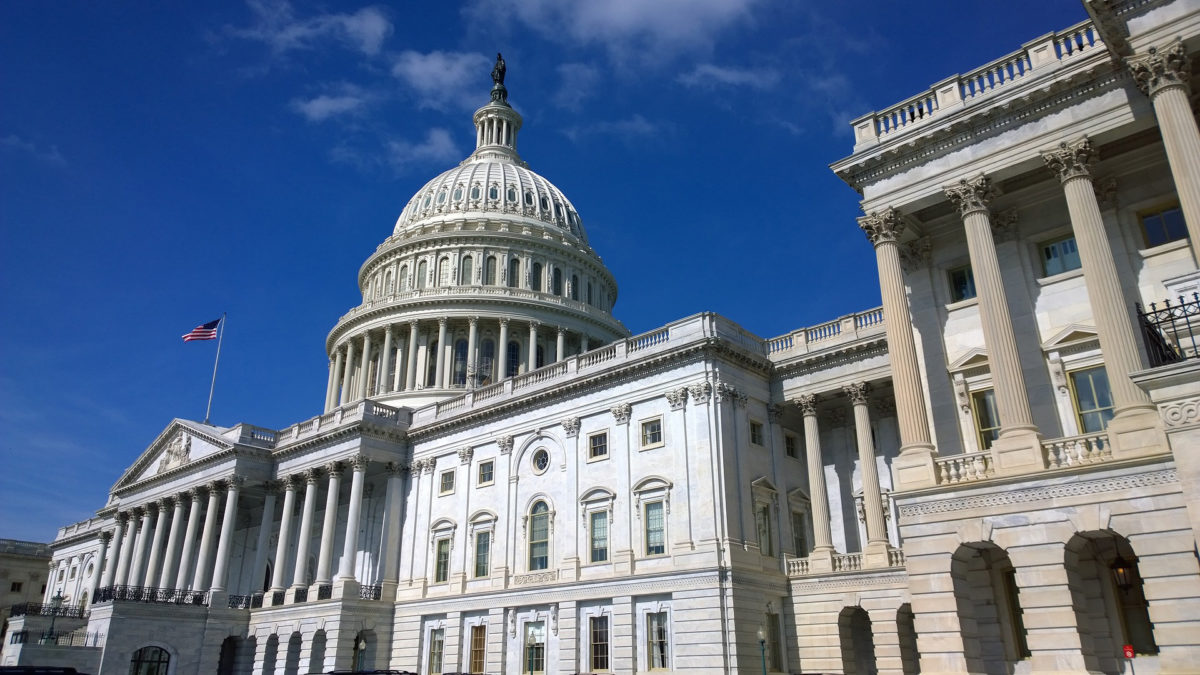
Settle Up on Spending
A familiar debate awaits when Congress returns to Washington: writing and passing all the required appropriations, or annual spending, bills. Now that both the House and Senate have reached a two-year, bipartisan budget deal they must pass appropriations bills for Fiscal Year 2020, which starts on October 1. This means that Congress must find a way to fund the government for the next year before the end of September, or they risk another government shutdown.
The House’s spending measures passed earlier this summer include landmark wins for conservation including strong investments in—and in some cases new funding for—Farm Bill conservation programs, the Land and Water Conservation Fund, chronic wasting disease surveillance and research, and critical infrastructure projects from the Everglades to the Front Range.
The ball is now in the Senate’s court to support conservation in their own appropriations bills and send it all to the president’s desk. What happens if they don’t? The government shuts down while they agree on a deal or lawmakers can give themselves an extension by passing what’s known as a continuing resolution. CRs keep money flowing at previously agreed upon funding levels, but they prevent new funding going to something like CWD research that has never been done before.
Pave the Road Ahead for the Highway Bill
Before leaving town, the Senate Environment and Public Works Committee unanimously passed a new highway bill that includes a powerful new tool for conservation: a $250-million pilot program to construct wildlife crossings such as overpasses, underpasses, and culverts across the country over the next five years.
State departments of transportation, wildlife biologists, and conservationists have been urging Congress to provide dedicated funding for crossings to restore and improve habitat connectivity within migration corridors and reduce deadly wildlife-vehicle collisions where animals are often found crossing roads.
This also marks the first time that climate change language has been included in a highway bill. As written, the legislation creates a grant program called PROTECT to prioritize natural infrastructure solutions as roads and bridges are being planned, which would help to restore and improve ecosystem conditions around passenger roads.
All in all, senators on the committee have been trailblazers for conservation in the next iteration of the highway bill. Now, it’s on the House to get the job done.
In fact, the House can do even more for conservation in its forthcoming version of the bill by increasing funding for the Federal Lands Transportation Program, which supports the ongoing maintenance of passenger roads through public lands. Carrying on the chronic underfunding of U.S. Forest Service roads through FLTP will contribute to an already colossal deferred maintenance backlog on these important public lands.
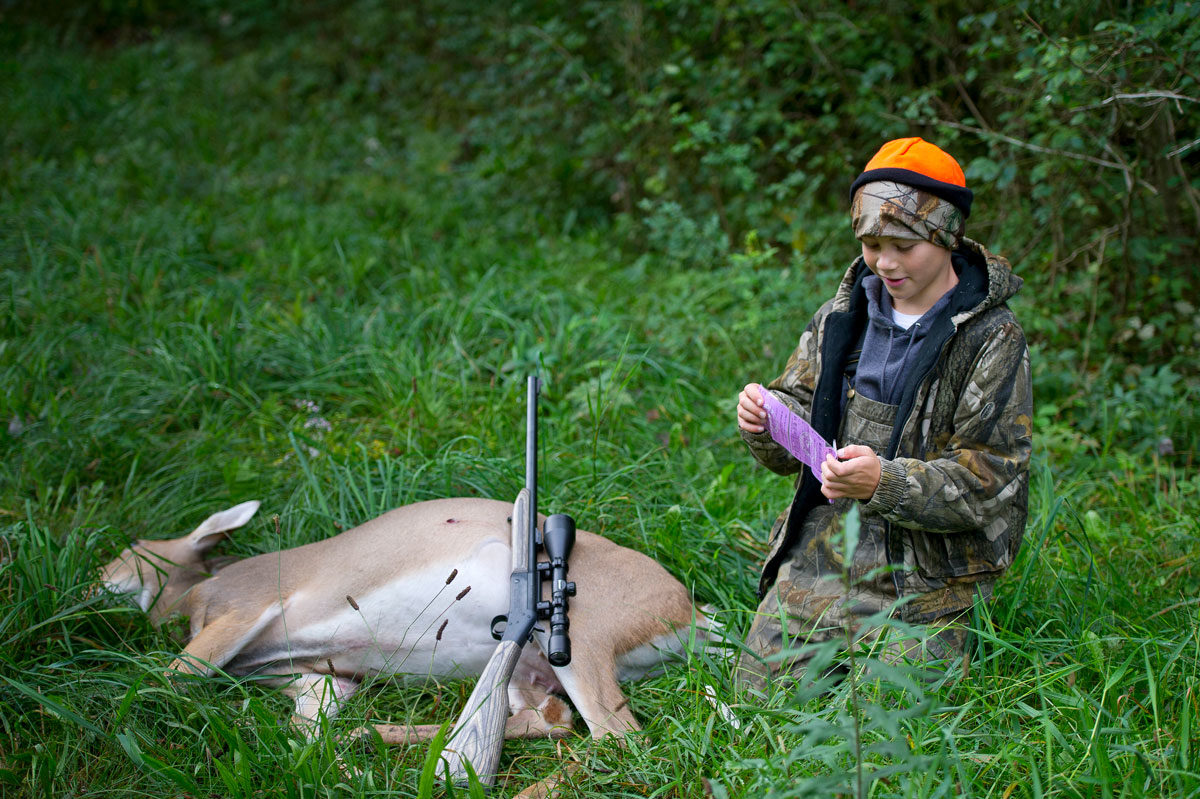
Modernize the Pittman-Robertson Act
The TRCP and our conservation partners have been leading the charge to update a vital source of funding for state fish and wildlife agency conservation efforts—the Pittman-Robertson Act. Right now, the fund created from excise taxes on firearms, ammunition, and archery equipment can’t be used to help recruit, retain, and reactivate (R3) hunters.
It’s time for that to change.
Congress has already updated the policy for fishing-related spending to give state agencies the ability to recruit new anglers. And this has likely helped to drive the recent bump in fishing participation and a more than 36-percent increase in spending on fishing equipment, which in turn creates an increase in funding for conservation.
It’s time for Congress to modernize Pittman-Robertson and allow similar outreach campaigns for hunters. Before the recess began, the Senate introduced S. 2092, a companion bill to the House’s H.R. 877. These bipartisan bills, aptly titled the Modernizing the Pittman-Robertson Fund for Tomorrow’s Needs Act, are essential to help fund, preserve, and grow our rich heritage of hunting.
Last Congress, a similar measure passed unanimously out of the House but did not make the end-of-year finish line. Now that the legislation has been introduced in both chambers, passage of this long-overdue legislation is a no-brainer. It’s a bipartisan success story waiting to happen.
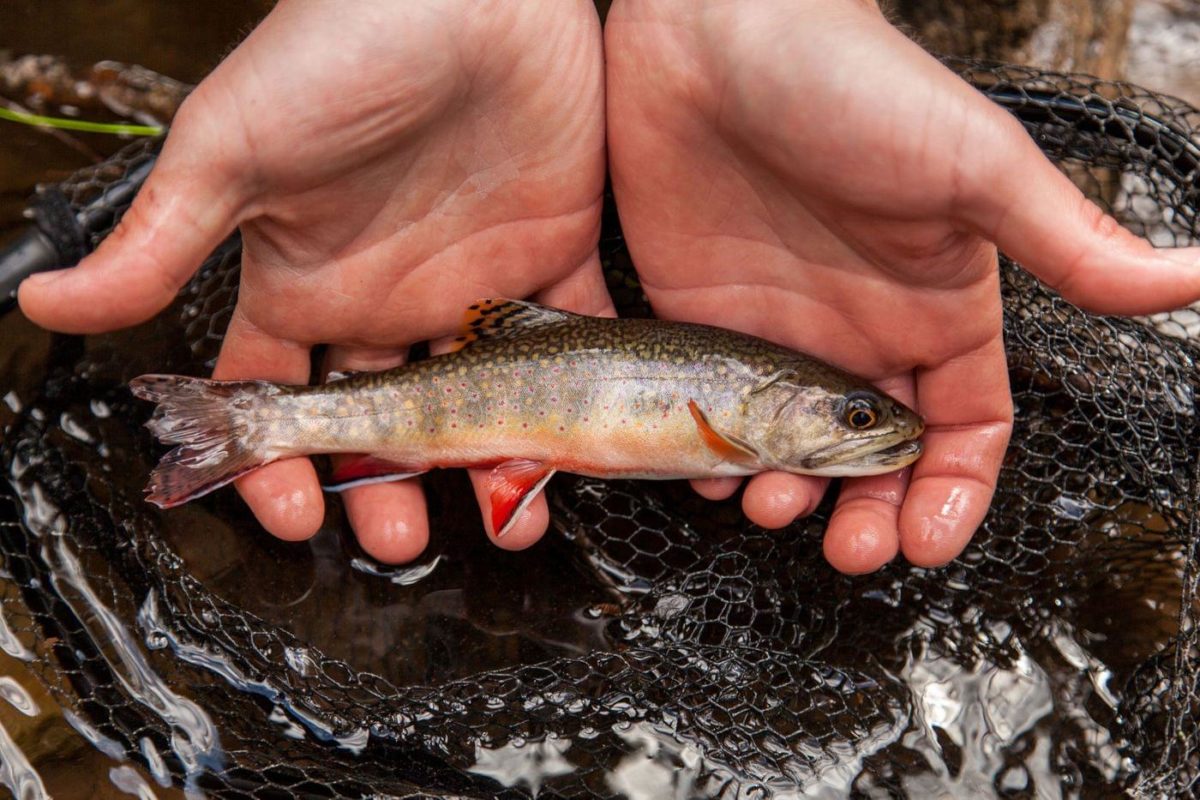
Reviving These Fish Bills
From the Gulf to the Great Plains, there’s a lot happening this summer that affects our fisheries and the anglers who enjoy them, including pending legislation that deserves a vote without further delay.
The National Fish Habitat Through Partnerships Act—H.R. 1747 in the House and S. 754 in the Senate—would permanently authorize and provide funding for one of the nation’s best tools to protect and restore fish habitat across the nation. Comprised of 20 individual partnerships that advocate for regionally specific projects, this model has been effective for years but still limps from authorization to authorization, depending on the whims of Congress.
But legislation introduced in both chambers is vote-ready and can end this vicious cycle.
Another easy win would be passing legislation to conserve forage fish, which support all the sportfish we love to pursue. Numerous pressures, including changing ocean conditions and overfishing by commercial interests, have led to a decline in forage fish populations, which could shorten or even end recreational fishing seasons for the predators that rely on these baitfish.
Bipartisan legislation in the House, the Forage Fish Conservation Act (H.R. 2236), aims to ensure that forage fish remain in the marine food web by introducing a variety of commonsense, science-based provisions into existing management plans. These include creating a national, science-based definition for forage fish in federal waters, accounting for predator needs, assessing the impact of commercial fisheries on marine ecosystems before authorization, and requiring that managers consider forage fish when establishing research priorities.
Anglers are dependent on forage fish to keep our fisheries healthy and we are, in turn, depending on Congress to act now on this major conservation priority.

A Challenging Timeline
Numerous conservation-wins-in-waiting are ready for congressional action once lawmakers return to Capitol Hill. Though the most pressing demand for legislators will be drafting and passing appropriations bills that strengthen our nation’s investment in conservation, we need to turn their attention to other measures that preserve wildlife, improve habitat connectivity, and ensure the future of our hunting traditions.
After the spending deadline has passed, the 2020 election will take a lot of the air out of the room, and we need to clinch these victories before that happens.

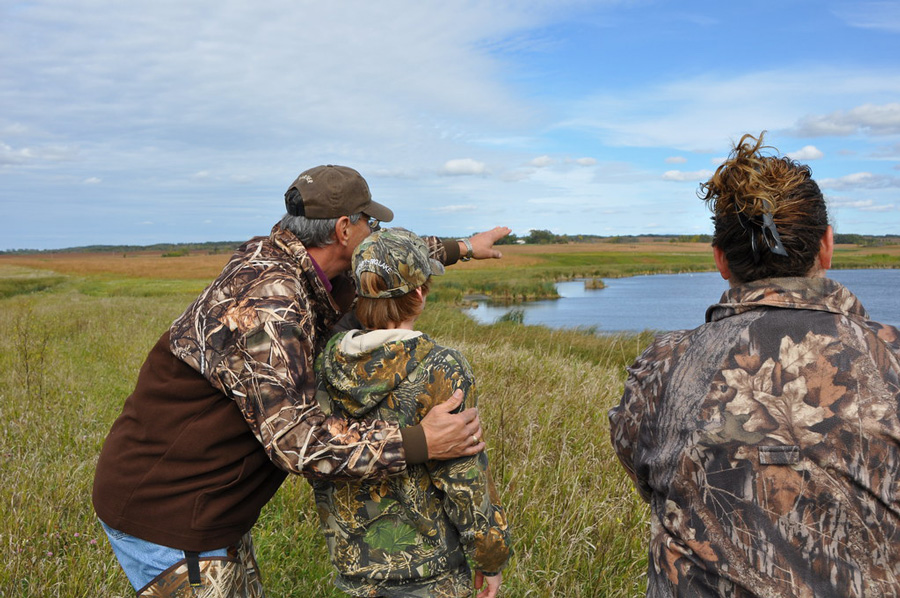
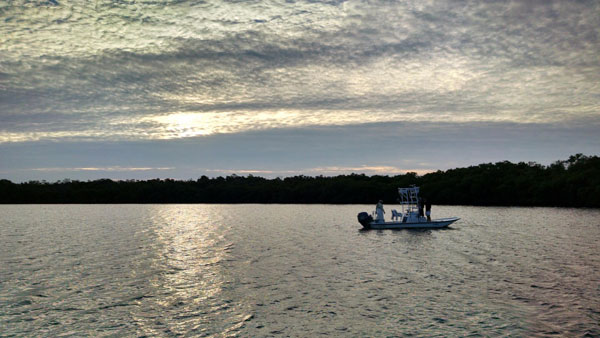





I am very concerned about the future of public lands, and outdoor activities, such as hunting and fishing.
We need to make sure they dont change the part where they cant use the money for other things in a state . In other words cant touch the money to build hyways, bike lanes, homeless ect.
I would prefer the p and r act money to be left to preserving land. However, I want a new tax that taxes all outdoor products not covered by p and r act. This can go to either hunting land or non hunting land which would still help habitat and hunting opportunities.
Help the sportsmen
With this McConnell-led dysfunctional Senate, I don’t think we will be seeing the actions we know are needed. There’s a line in the movie “Grumpy Old Men” that comes to mind…”You can wish in one hand and crap in the other, guess which one gets filled first.”